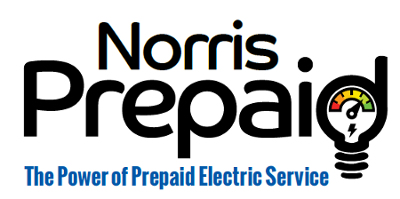 |
|
|
|
| |
|
School’s Open – Drive Carefully
back to top
>> |
|
|
| |
|

Every fall, over 55 million children across the United States head back to school. With 13 percent of those children typically walking or biking to their classes, the American Automobile Association (AAA) warns drivers to be especially vigilant for pedestrians before and after school hours. The afternoon hours are particularly dangerous – over the last decade, nearly one in four child pedestrian fatalities occurred between 3 p.m. and 7 p.m.
Launched in 1946, AAA’s School’s Open – Drive Carefully awareness campaign was created to help reduce child pedestrian fatalities and injuries. Here are several recommendations from AAA regarding ways drivers can help to keep kids safe:
- Slow down. Speed limits in school zones are reduced for a reason. A pedestrian struck by a vehicle traveling at 25 mph is nearly two-thirds less likely to be killed compared to a pedestrian struck by a vehicle traveling just 10 mph faster.
- Come to a complete stop. Research shows that more than one-third of drivers roll through stop signs in school zones or neighborhoods. Always come to a complete stop, checking carefully for children on sidewalks and in crosswalks before proceeding.
- Eliminate distractions. Research shows that taking your eyes off the road for just two seconds doubles your chances of crashing. And children can be quick, crossing the road unexpectedly or emerging suddenly between two parked cars. Reduce risk by not using your cell phone or eating while driving, for example.
- Reverse responsibly. Every vehicle has blind spots. Check for children on the sidewalk, in the driveway and around your vehicle before slowly backing up. Teach your children to never play in, under or around vehicles.
- Watch for bicycles. Children on bikes are often inexperienced, unsteady and unpredictable. Slow down and allow at least three feet of passing distance between your vehicle and a bicyclist. If your child rides a bicycle to school, require that he or she wear a properly fitted bicycle helmet on every ride. Find videos, expert advice and safety tips at ShareTheRoad.AAA.com.
- Talk to your teen. Car crashes are the leading cause of death for teens in the United States, and nearly one in four fatal crashes involving teen drivers occur during the after-school hours of 3 p.m. to 7 p.m. Get evidence-based guidance and tips at TeenDriving.AAA.com.
Source: AAA Exchange
|
|
|
| |
|
| |
|
Energy Efficiency With Pools back to top
>> |
|
|
| |
|

Swimming pools are great for cooling off on a hot day. However, the price of maintaining a pool can be higher than the summer temperatures.
Norris Public Power District recommends the following tips to keep your pool as efficient as possible:
- Use the smallest pump possible. Run it after you add chemicals, and then turn it off. Rely on chemicals, cleaning and pool covers to keep the pool clear of algae and debris, not constant pumping. If debris is still a problem, put the pump on a timer and run it for brief periods of time throughout the day.
- A pool cover can save 50 to 70 percent of the costs of heating a pool, according to https://www.energy.gov/energysaver/swimming-pool-covers. Pool covers conserve water, and they also reduce debris and the chemicals that pools need. Although covers reduce heat lost through evaporation, they also decrease the sun’s ability to warm pool water. A transparent or bubble cover allows the sun to heat the water better. Your pool heating needs should be a consideration in your choice and use of pool covers.
If you choose to heat your pool, know your heating options and pick the heater that best suits your needs:
Gas heaters are good for quickly heating pools and efficient when you need the pool heated irregularly. Gas heaters are the most popular heater. They can heat a pool regardless of external factors.
Solar heaters use the sun’s energy to warm water. They are more expensive than other types of heaters; however, they have low annual costs and will pay for themselves over time.
Heat pumps warm water through electricity. They do not generate heat; they capture it and transfer it to water. Upfront costs for heat pumps are higher than gas heaters, but annual costs are lower. Heat pumps also save money in the long run because they last longer than gas heaters.
With some simple considerations, you can enjoy summer fun and energy efficiency. For more information on energy efficiency and safety, visit www.norrisppd.com.
| |
|
| |
|
|
|
|
|








